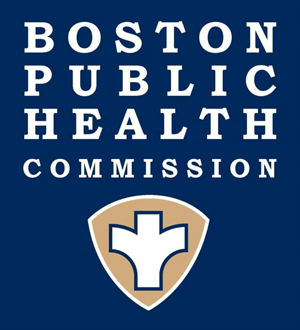Public Resources
Public Resources
National Guidance
The Whole Community approach was established through research and dialogue as the product of national guidance.
Presidential Policy Directive / PPD-8: National Preparedness (March 2011)
The Presidential Policy Directive 8 is "aimed at strengthening the security and resilience of the United States through systematic preparation for the threats that pose the greatest risk to the security of the nation, including acts of terrorism, cyber attacks, pandemics, and catastrophic natural disasters."
PPD-8 led to a variety of national planning frameworks and interagency operational plans. It is comprised of six major elements, including the National Preparedness Goal which became the basis for the Whole Community Approach.
National Preparedness Goal, 2nd Edition (October 2015)
The National Preparedness Goal outlines a way through which the Whole Community contributes towards the following goal:
"A secure and resilient nation with the capabilities required across the whole community to prevent, protect against, mitigate, respond to, and recover from the threats and hazards that pose the greatest risk."
Mission Areas
To achieve the stated goal, the National Preparedness Goal describes a set of 32 activities – or core capabilities – organized into five mission areas:
- Prevention
- Protection
- Mitigation
- Response
- Recovery
To learn more about the core capabilities, view the Core Capabilities section of this Knowledge Base.
National Planning Frameworks
The National Planning Frameworks explain how the whole community coordinates, shares information, and works together to attain the National Preparedness Goal. There is one framework per each of the preparedness mission areas stated above. To learn more, and to download the frameworks, visit the National Planning Frameworks page of the FEMA website.
Additional Information
To learn more about the National Preparedness Goal, the National Planning Frameworks, and the remaining elements – National Preparedness System, National Preparedness Report, Federal Interagency Operational Plans, and Build and Sustain Preparedness – visit the Presidential Policy Directive-8 page of the FEMA website.
Comprehensive Preparedness Guide (CPG) 101
The Comprehensive Preparedness Guide (CPG) 101 is another tool that stresses the importance of engaging the whole community. CPG 101 specifically provides guidelines on developing emergency operations plans (EOP) through a six-step process.

It is important to note that CPG 101 only mentions engaging the whole community during Step 1. However, we know that engaging the whole community cannot just stop at the first step. We must engage and utilize the knowledge and experiences of the whole community throughout the entire EOP development process to result in effective and realistic plans.
For a more in-depth exploration of the EOPs, take the DelValle Institute’s Emergency Operations Planning (EOP): Awareness online course.
« Previous | Topic Home | Next »

